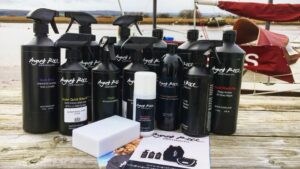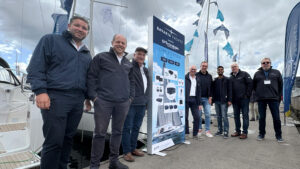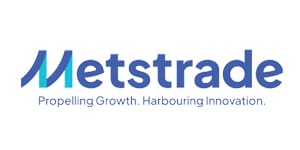Chartwell Marine’s electric TriFoiler completes first sea trials in Southampton

Reputed naval architect Chartwell Marine has successfully completed sea trials of its electric trimaran vessel project, known as TriFoiler.
According to Chartwell, the sea trial data demonstrates that the TriFoiler is five times cheaper to run compared to an equivalent vessel.
MIN reported in March 2025 that Chartwell Marine had launched the electric foiling high-speed trimaran demonstrator, and these tests have now concluded.
The electric trimaran fast ferry, developed in partnership with Southampton Solent University and Newcastle Marine Services, under the UK Government’s Clean Maritime Demonstration Competition (CMDC3), has concluded initial sea trials on Southampton waters.
Further testing will resume imminently on the vessel, incorporating the latest findings to inform the next stage of development.
Set out to explore the feasibility of zero-emission passenger ferries, Chartwell says sea trials showed the TriFoiler is five times cheaper to run than an equivalent fossil fuel monohull vessel of the same size and displacement.
According to the company’s release, the trials demonstrated ‘clear potential for reducing energy consumption in commercial operations – with or without foils – the trials highlighted the suitability of the innovative electric trimaran for inland and inshore waterways ferry operations, such as the Solent and other categorised waters across the UK’.
The project was part-funded by a £1.86m grant via the UK SHORE programme – a Department for Transport (DfT) initiative – delivered by Innovate UK, part of UK Research and Innovation (UKRI).
“Successfully completing the TriFoiler project is a big milestone and testament to the team’s hard work. The sea trial results clearly show that a trimaran, coupled with electric propulsion systems, will provide an efficient, reliable and environmentally friendly solution for the ferry industry,” says Andy Page, managing director at Chartwell Marine. “Working closely with Solent University and Newcastle Marine Services, we’ve taken this promising concept from R&D to real-world testing, and the results are encouraging. This was delivered by a dynamic, nimble team in a short time frame, and shows real commercial promise.”
Pairing a lightweight trimaran hull with electric propulsion, the TriFoiler is designed for high efficiency and manoeuvrability at both high and low speeds. Its enhanced stability, made possible by the trimaran configuration and foil-mounted electric motors positioned widely on the foil, offers a robust design, using commercial off-the-shelf equipment that has the potential to meet the demands of day-to-day commercial operations.
“The project exemplifies how collaboration between academia and industry can accelerate innovation,” says Giles Barkley, at Southampton Solent University. “We created a full-size digital twin of the vessel to replicate its performance on water at the university. Now validated with data from the trials, this enables us to enhance future designs while also supporting the training and development of the next generation of naval architects.”
Mike Biddle, executive director for Net Zero at Innovate UK, says: “Chartwell Marine’s TriFoiler technology is a good example of UK innovation driving decarbonisation in a vital international sector. It shows that net zero doesn’t mean compromise – delivering lower emissions can also be cheaper to run, faster and more manoeuvrable.
“We’re proud to work in partnership with DfT to deliver the UK SHORE programme and this demonstration exemplifies everything it set out to achieve, paving the way for a more sustainable, efficient and investable UK maritime transport sector.”
Catch up with the latest news about electric boats and propulsion











